Power outages can be annoying, and frustrating, and they can hinder your day-to-day activities. In the worst case scenario, they can also be dangerous — and they’re becoming all too common for many of us.
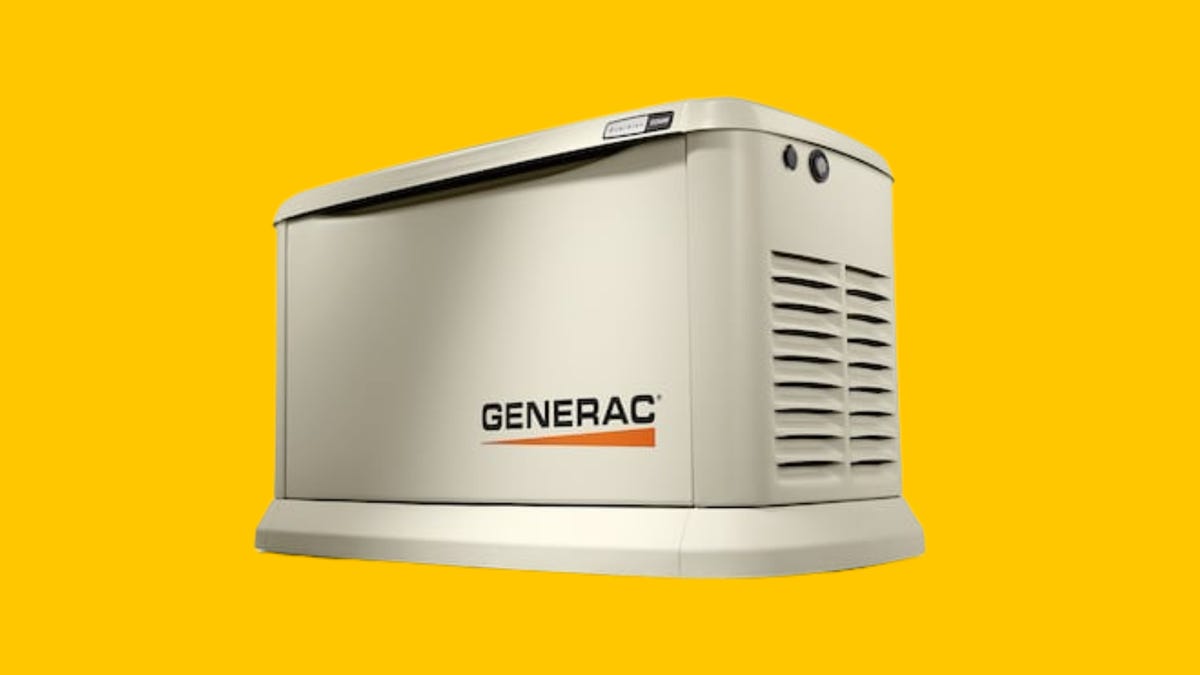
Power outages can be annoying, and frustrating, and they can hinder your day-to-day activities. In the worst case scenario, they can also be dangerous — and they’re becoming all too common for many of us.

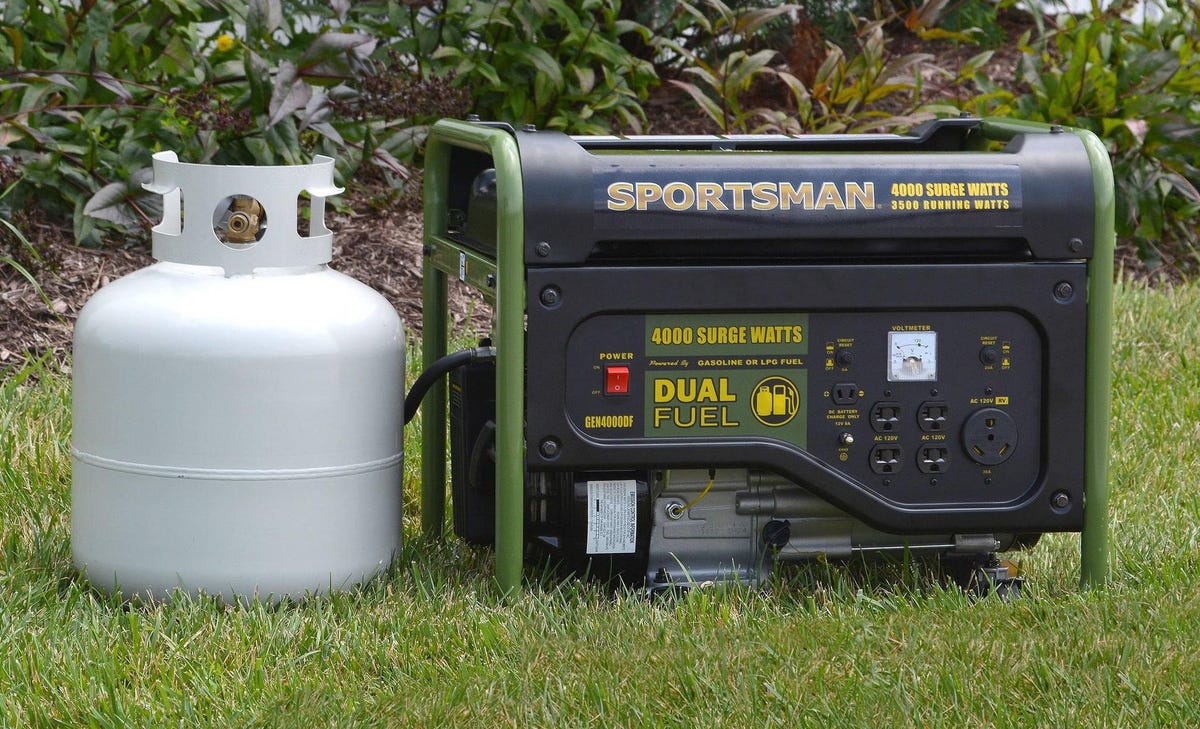
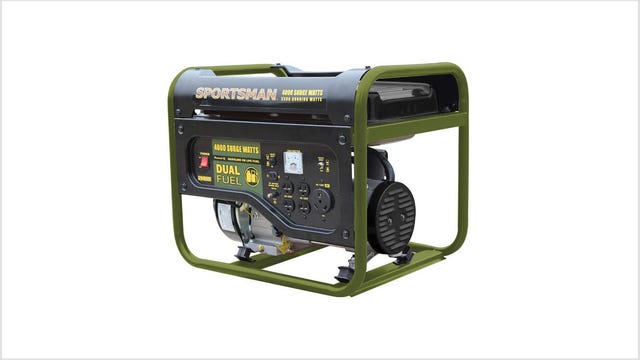
The most affordable model on our best portable generator list, the Sportsman GEN400DF has been on sale for just $300. This is a well-priced dual-fuel model that can operate with either a 3.6-gallon fuel tank or a standard propane tank.
With up to 10 hours of gasoline-run time on a 50% load and 12 hours of running power using propane, the Sportsman can keep things going while you get a full night’s sleep before needing more fuel. This emergency dual fuel generator comes with four 120-volt outlets, one 120-volt RV outlet and one 12-volt DC outlet.
With 4,000 starting watts and 3,500 running watts, it isn’t the most powerful generator on our list. Still, if you’re running small household appliances or just one or two large ones, this portable generator model should get the job done.
Note: We’ve seen recent price spikes that put this generator above the $500 mark. We’ll keep an eye on these prices and update accordingly.
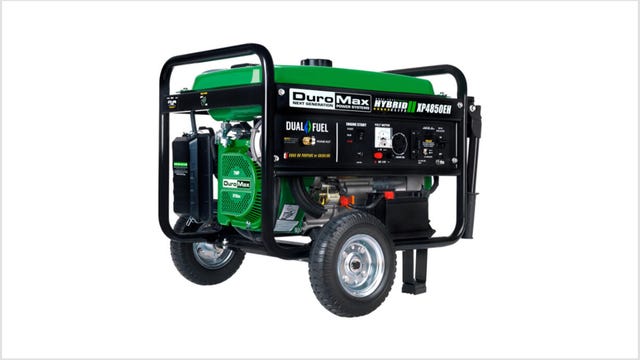
Another solid dual-fuel model, the DuroMax XP4850EH has 4,850 starting watts and 3,850 running watts.
This portable generator can run off either the 3.96-gallon fuel tank or a 20-gallon liquid propane tank fuel source. Gasoline run time is about 11.5 hours at 50%, while propane will run 9.8 hours at 50%. There are two 120-volt outlets and one 120/240-volt outlet.
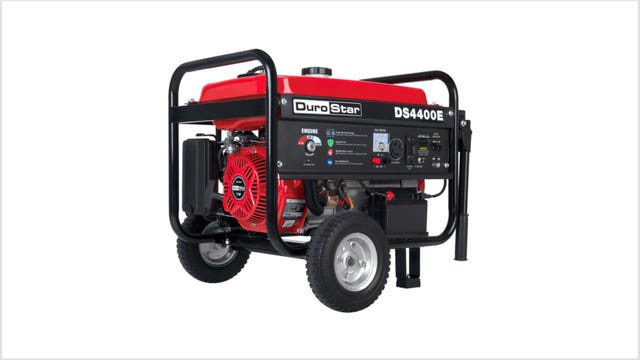
If you don’t need the propane tank option, this DuroStar portable generator runs on a 3.9-gallon gasoline tank. It is a quiet portable generator that also offers a bit more peak power supply than the Sportsman with 4,400 starting watts and 3,500 running watts.
Run time on a 50% load is 8 hours, and it is equipped with two 120-volt household outlets and one 120/240-volt outlet. The DuroStar includes its wheels, something often sold separately in kits for generators.
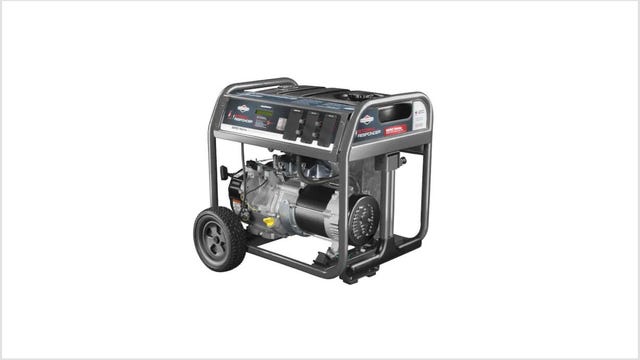
This Briggs & Stratton model costs $949 and runs on an 8-gallon fuel tank. Of those in our best portable generator mid-price range tier, this portable conventional generator model offers the most wattage for the least money with 8,500 starting watts and 6,250 running watts.
You’ll get 11 hours of run time at 50% with the StormResponder from its 420cc engine. A digital screen Briggs & Stratton calls the “StatStation” displays the power load and provides maintenance reminders. A guide printed on the unit depicts which appliances can plug into which of the four onboard outlets.
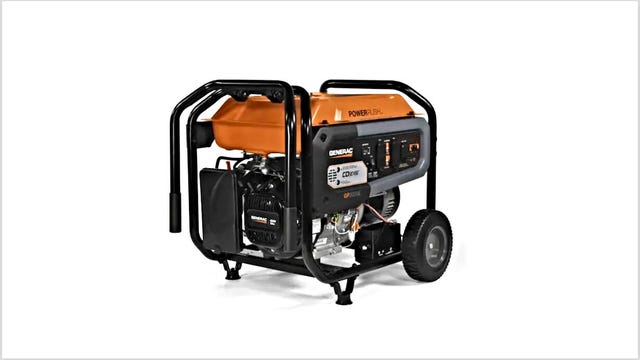
This Generac model, which typically costs $1,100, delivers 10,000 starting watts for easy power-ups.
You’ll get 8,000 running watts for up to 11 hours at 50% load. A 7.9-gallon fuel tank feeds the 420 cc engine. The Generac GP8000E backup power generator includes flat-free tires, a carbon monoxide auto shutoff and six GFCI outlets.
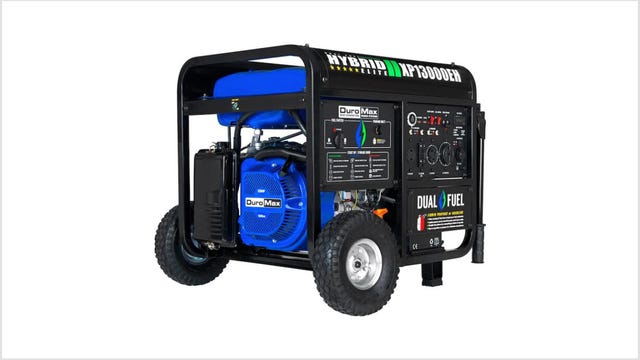
This heavy-duty portable generator delivers 10,500 running watts and 13,000 starting watts. A dual-fuel gas generator option provides 8.5 hours of run time on gasoline and 6.5 hours of run time on propane, based on a 50% load.
Like other dual-fuel models, you can switch fuel types with an onboard button. Several power outlets are provided: two 120-volt GFCI household outlets, one 120-volt 30-amp twist-lock outlet, one 240-volt 30-amp outlet and one 240-volt 50-amp outlet.
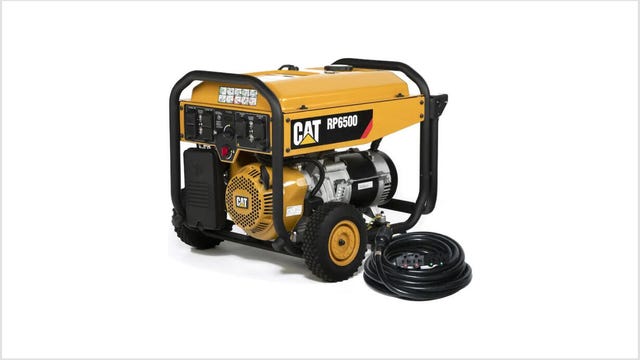
Of all the models listed here, this portable generator offers the highest run time for the least money. You’ll get 12 hours of power output at 50% load for this $1599 CAT model gas generator. That’s thanks to a hefty 7.9-gallon gasoline tank. The CAT RP6500 delivers 8,125 starting watts and 6,500 running watts from its 420cc engine.
A CO Defense carbon monoxide automatic shutoff system keeps toxic fumes from building up near your home. There are six rubber-covered outlets, including four GFCI household outlets and two 120/240-volt twist lock outlets.
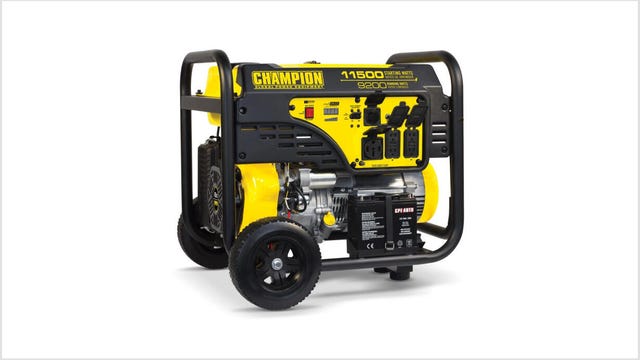
Similar in price to the Generac model, this Champion generator offers a bit more power output.
You’ll have 11,500 starting watts and 9,200 running watts at your disposal, as well as a 7.7-gallon fuel tank and 459cc engine that can power your generator at 50% load for 10 hours.
One 120/240-volt 30-amp locking outlet, one 120/240-volt 50-amp outlet and four 120-volt 20-amp GFCI-protected household outlets are included. A digital display reads output and maintenance messages.
Portable generators vary in size and the amount of power they can provide, but typically portable generators can only back up specific, high-priority appliances like refrigerators, freezers and heaters or air conditioners. Generators that back up the entirety of your home will typically be more expensive and require professional installation. Generators that produce more power are larger, which means more powerful ones get less and less portable.
You can find more information in the article above about this rule of thumb for sizing generators: Add up the wattage of every appliance you want to power and multiply it by 1.5.
You can approach efficiency in a generator in a few different ways. One is by using an inverter generator. Inverter generators match their output to the current electricity demand, which means they burn less fuel. They typically cost more than standard portable generators but can perform the same tasks.
Another way to approach this issue is to look at solar generators: portable power stations paired with solar panels. Portable power stations are large batteries that can power many smaller devices. Options that can provide whole-home backup are starting to enter the market.
To use a portable generator overnight, ensure you have enough fuel to run your generator that long. Some generators won’t have the fuel capacity to run for eight hours or more. Also, make sure your generator doesn’t run afoul of your local noise ordinances.
Most importantly, ensure that your generator is running far enough away from your house. Generators can emit carbon monoxide in their exhaust. If it gets into your house, the consequences can be deadly. An average of 70 people in the US each year die from carbon monoxide poisoning related to portable generator use. The Consumer Product Safety Commission recommends operating a generator at least 20 feet from your house with the exhaust pointed away. You should never operate a portable generator inside your house.
You should always follow the manufacturer’s maintenance instructions for your generator, since each may have special considerations, though there are some widely shared maintenance tips.